An anesthetic injection, delivered by a shot to the neck, is thought to alleviate symptoms better than traditional efforts. A $2 million study will be the first large-scale randomized control research into their use.
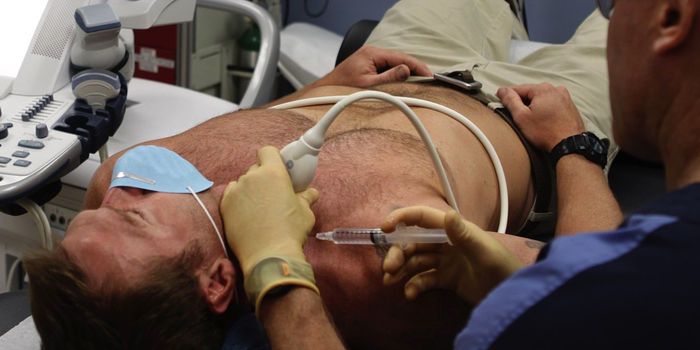



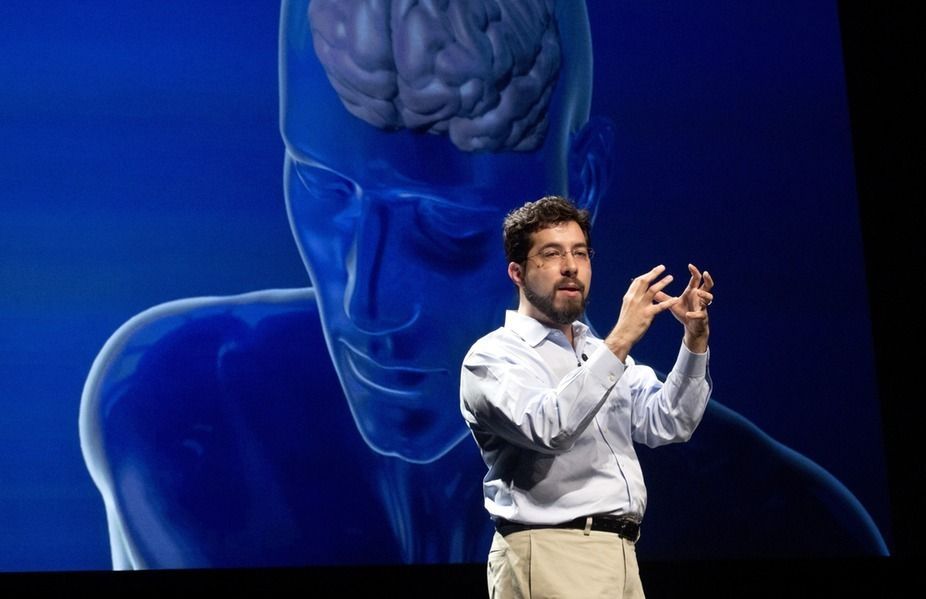
B rain surgery is one of the most delicate, invasive procedures in medicine. Many times, anesthesia is not involved; sometimes, an electrode is inserted into the brain for deep brain stimulation.
Research published Thursday in the journal Cell promises a safer alternative to these otherwise intrusive ways to get in your head: stimulating neurons deep in the brain without any invasive procedures. The procedure, called temporal interference stimulation, is the latest invention of MIT neuroscientist and engineer Edward Boyden.
“Brief stimulation of the brain can actually cause the brain to clean up the amyloid plaques that are a hallmark of Alzheimer’s Disease,” Boyden tells Inverse. He feels that his new technology can help with a number of neurological conditions without many of the hazards inherent to invasive techniques.
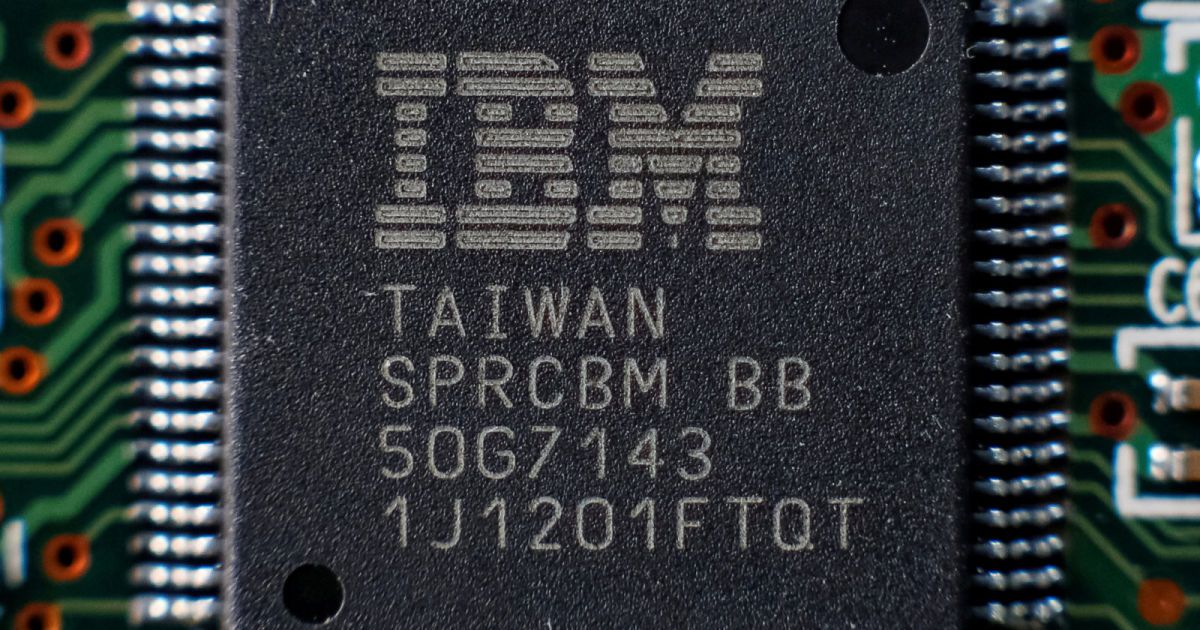
Who said Moore’s Law was dead? Certainly not IBM or its chip partners Globalfoundries and Samsung. The trio has developed a transistor manufacturing process that should pave the way for 5-nanometer chips. While the team etched the chip using the same extreme ultraviolet lithography (EUV) used for the breakthrough 7nm chip, it ditched the common FinFET (fin field effect) transistor design in favor of stacks of silicon nanosheets. The switch makes it possible to fine-tune individual circuits to maximize their performance as they’re crammed into an incredibly small space. How small? At 5nm, the group says it can squeeze 30 billion transistors into a chip the size of a fingernail (see below) — not bad when the 7nm chip held 20 billion transistors a couple of years ago.
IBM sees the technique helping its own cognitive computing efforts as well as the Internet of Things and other “data-intensive” tasks. However, it’s also painting a rosy picture for the future of mobile devices — it imagines phones having “two to three times” more battery life than current devices. That’s likely optimistic (phone makers tend to focus on speed over longevity), but it won’t be shocking if future hardware is both faster and wrings out a little more from every charge.
Just don’t expect to see real-world examples of this for a while. We haven’t even seen devices shipping with 7nm chips (they’re not expected until 2018 at the earliest), so it could easily be a couple of years or more before 5nm arrives. Still, that 5nm is even on the roadmap is important. Chip designers won’t have to reinvent the wheel to get meaningful improvements, and you won’t have to worry about device performance growing stale for at least the next few years.
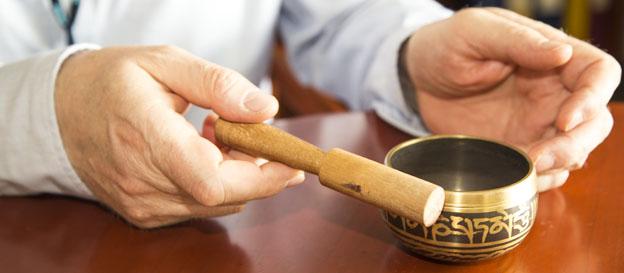
A study by neuroscientists at Toronto-based Baycrest Rotman Research Institute and Stanford University involving playing a musical instrument suggests ways to improve brain rehabilitation methods.
In the study, published in the Journal of Neuroscience on May 24, 2017, the researchers asked young adults to listen to sounds from an unfamiliar musical instrument (a Tibetan singing bowl). Half of the subjects (the experimental group) were then asked to recreate the same sounds and rhythm by striking the bowl; the other half (the control group) were instead asked to recreate the sound by simply pressing a key on a computer keypad.

The first attempts to bring people back from the dead are slated to start this year.
Bioquark, a Philadelphia-based company, announced in late 2016 that they believe brain death is not ‘irreversible’.
And now, CEO Ira Pastor has revealed they will soon be testing an unprecedented stem cell method on patients in an unidentified country in Latin America, confirming the details in the next few months.
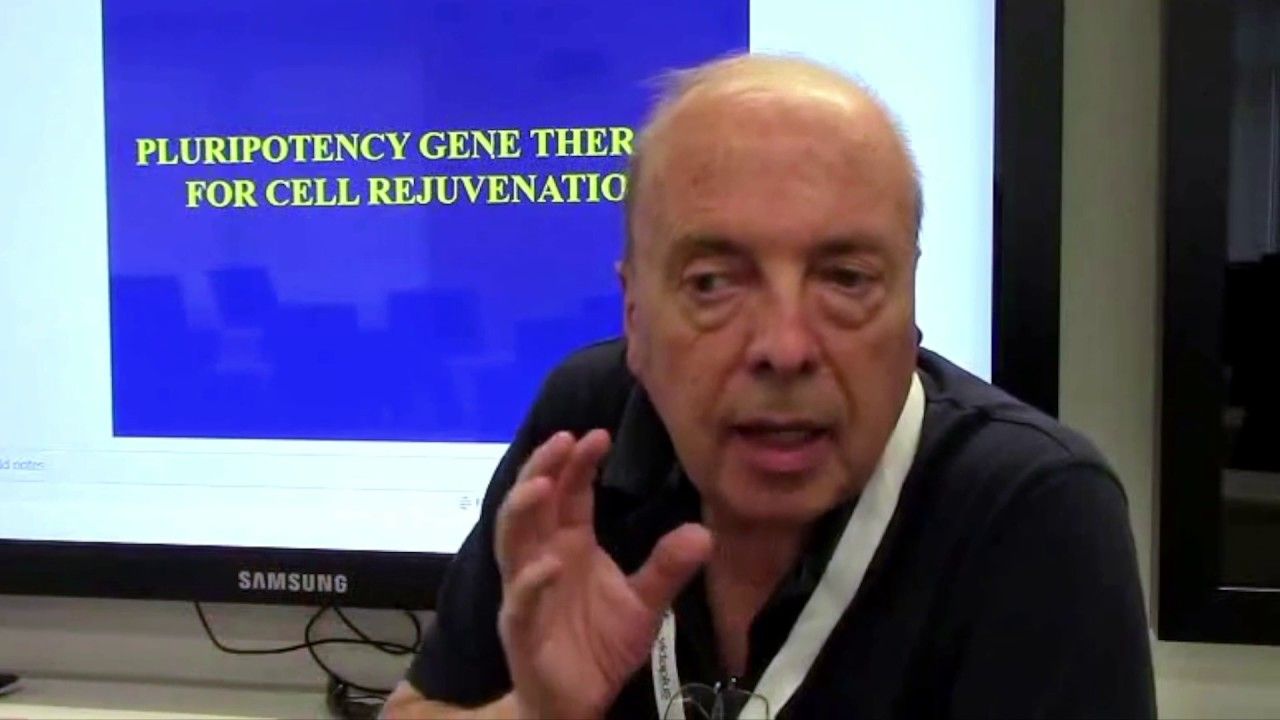
LEAF attended the first Longevity and Cryopreservation Summit in Madrid recently. Here is another report from Elena Milova from the conference.
Elena Milova brings us another interesting interview from the recent International Longevity and Cryopreservation Summit where she caught up with Senior Scientist at the National Scientific and Technical Research Council (CONICET) of Argentina Dr. Rodolfo Gustavo Goya.
Dr. Goya admits he used to be a rebel from a young age. At 17 he decided he was not happy about aging and that he wanted to make a difference. He became a biochemist in the hope he could do something about age-related health deterioration and he continues to rebel against mother nature to this day. Dr. Goya has lead a number of studies on cellular reprogramming and restoration of function in important organs like the thymus and brain. He is also daring to challenge death itself by studying different aspects of cryopreservation and openly supports cryonics as a logical extension of medicine.
Dr. Goya explains his interest and motivation in aging research, as well as his views on the potential of Yamanaka factors and their limitations in relation to human rejuvenation, in this short interview.

Do you remember the details of your very first birthday? Of course you don’t. But Rebecca Sharrock does, because the 27-year-old from Brisbane has got something called Highly Superior Autobiographical Memory (HSAM). It’s a condition that stops people from being able to forget anything, and it’s thought that only around 60–80 people in the world have it. As a result, Rebecca is able to recall every part of her life in vivid detail, whether it be the dreams she had at eighteen months old or being photographed in a car just 12 days after her birth!
“My parents carried me to the driver’s seat of the car (my father’s idea) and placed me down upon it for a photo,” she wrote in a recent blog post. “As a newborn child I was curious as to what the seat cover and steering wheel above me were. Though at that age I hadn’t yet developed the ability to want to get up and explore what such curious objects could be.” As if this isn’t impressive enough, she can even recite the entire collection of Harry Potter books! She’s also currently writing her own book about her experiences, called My Life is a Puzzle, and it sounds as if the contents are going to be very memorable indeed. (h/t)
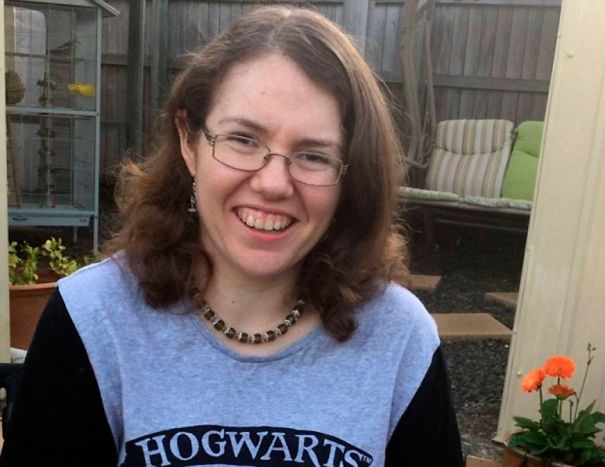
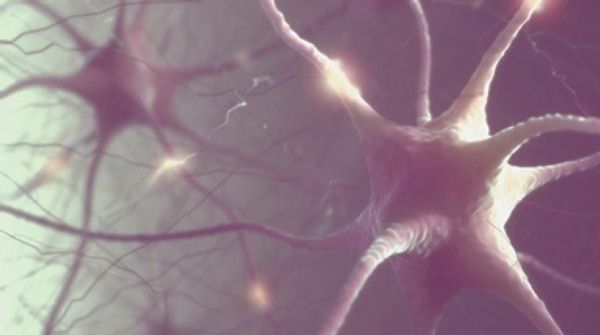
Scientists remain skeptical about an experimental approach to reverse brain death.